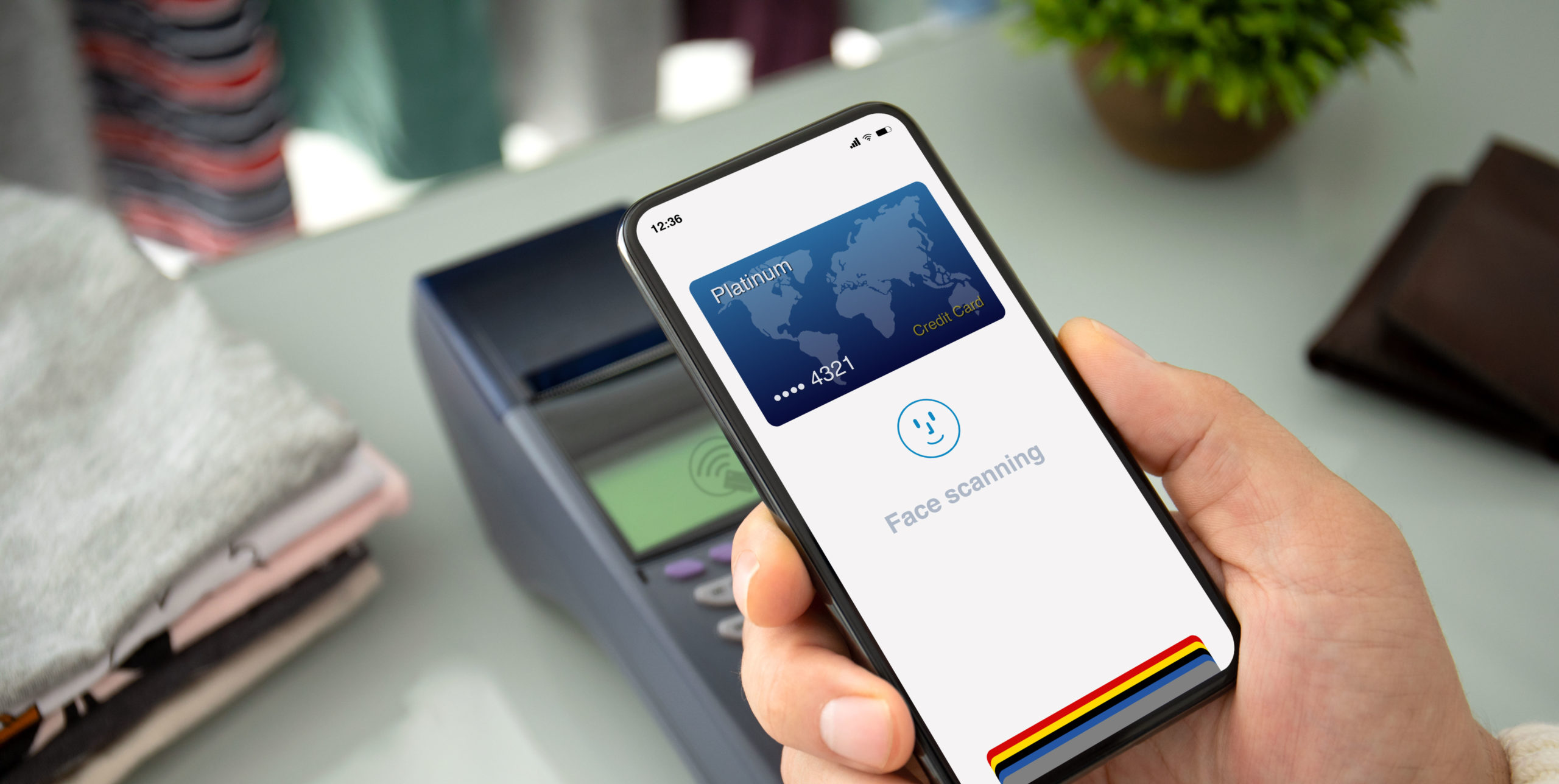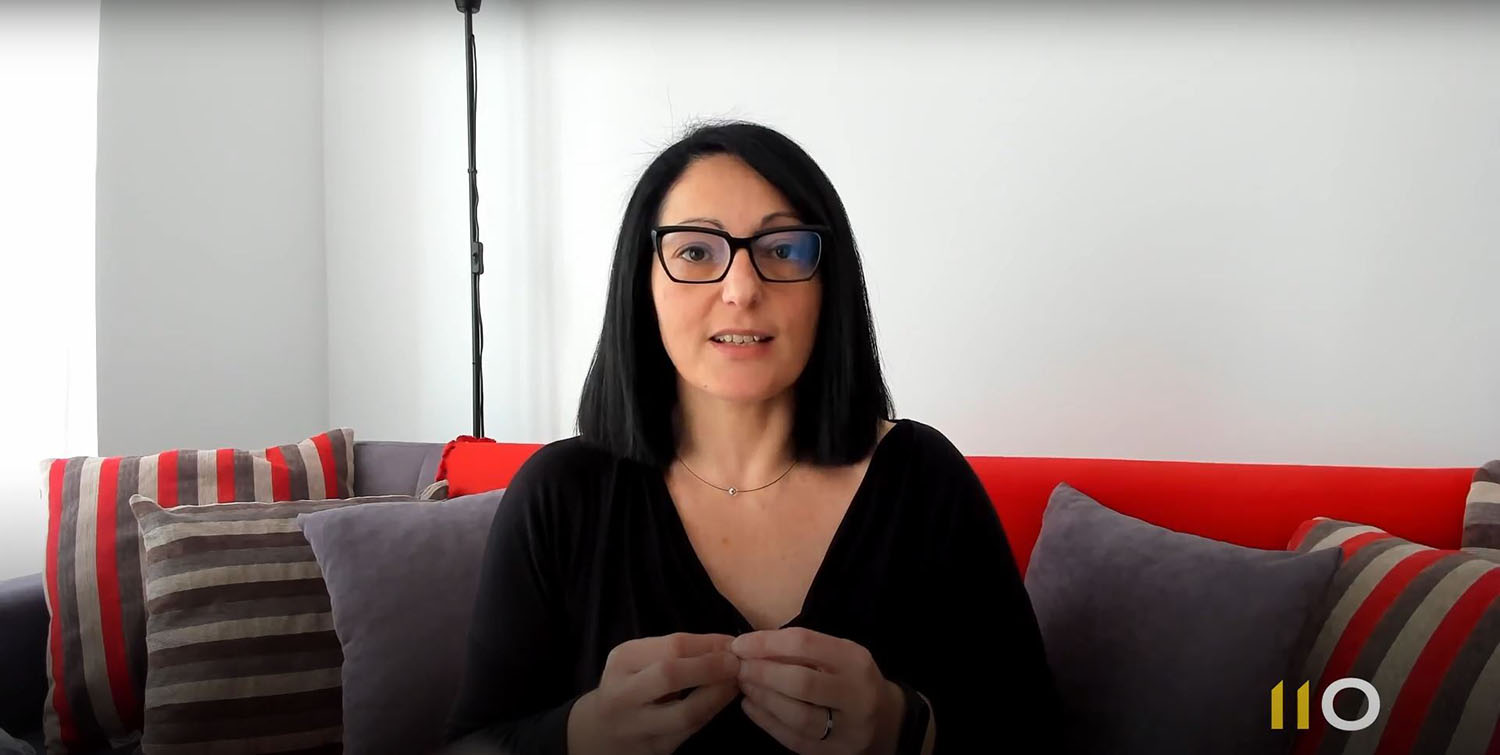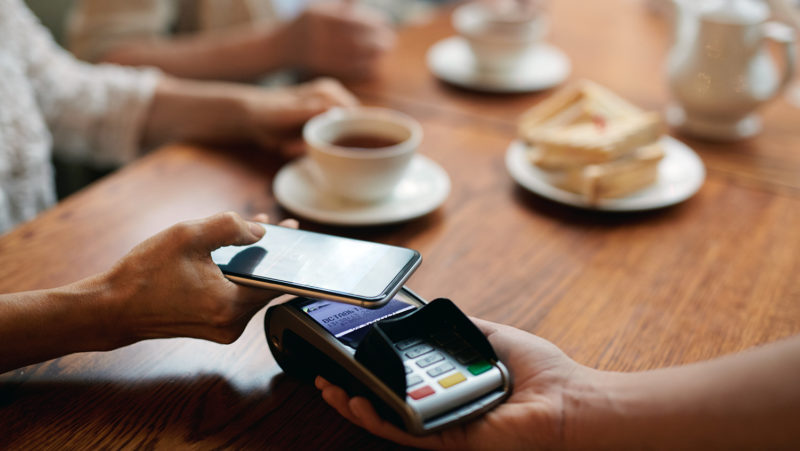

From physical to virtual cards
Credit cards were created in the 1950s, and with the arrival of smartphones, virtual cards became popular. Let’s review the history of cards and their possibilities.
Sixty years ago the first payment card was introduced and, since that day, the way we shop has changed to adapt to the era of e-commerce, bringing about a radical change in the way we pay. The way we consume is constantly changing, specially with the increase in e-commerce, following the start of the Covid-19 pandemic in 2020, as can be seen in the study carried out by Kantar, which states that 3 out of every 4 Spanish households have made purchases online in 2020, and that these households will continue to shop online in 2021. Households that now shop online account for 74.4%, which has increased e-commerce consumers by 8.4% since 2017. As detailed by Kantar in its study, the remaining 26.6% of consumers are older people who commute to buy products themselves, as they prefer a personalised service. And just as the consumption model has changed, so has the payment model. Welcome to the era of virtual cards.
What are virtual cards?
Virtual cards are more secure cards, and unlike conventional payment cards, they are completely virtual. They are exclusively used for virtual purchases, but with the possibility to be used in physical establishments if you have the card linked to a wallet on your smartphone. The virtual card has a number, an expiry date, and a control number, as Rankia details. The financial website also states that the security controls of virtual cards are very varied. Some banks have a dynamic code that changes with each purchase, while others allow very few purchases to be made, and if there is money left on the card, this money is automatically returned to the account from which the card was recharged. Each customer is free to make a new virtual card whenever they need it, it’s as simple as that.
How was the virtual card born?
Since the world’s first payment card from Diners Club in 1950, the world of payment cards has come a long way, from the arrival of credit cards in Spain in the 1960s to virtual cards, according to Finanzas. A website specialising in finance reminds us that virtual cards were born with the arrival of mobile telephony, with the payment systems known as “wallets”.
How are they regulated?
The European regulation PSD2, the new European regulation on electronic payment services, came into force in September 2018, with the aim of reinforcing security for consumers with e-commerce payment systems. With this regulation, which has been in force for three years now, it can be said that something is changing in the way we make payments. In short, we can say that virtual cards are here to stay as another means of payment.
11Onze is the community fintech of Catalonia. Open an account by downloading the app El Canut for Android or iOS and join the revolution!






Sí, em sembla que anirem cap a les targetes virtuals, però tinc un dubte, funcionen únicament per conexió NFC de mobil? Hi ha alguna alternativa al pagament de targeta mitjançant NFC de mobil? Es que el meu mobil no té NFC, no sé si hi ha algun adhesiu alternatiu
Hola Jordi, ara que ho dius sembla que NFC es pot adherir a un dispositiu que no en tingui, però no tinc idea si encara es fa. Molta sort, en el meu cas vaig esperar a renovar el dispositiu.
Ben explicat, Sílvia!
A veure si puc acabar de registrar-me i demano una tarja virtual.
Doncs a veure, Josep, i moltes gràcies per dir-ho i també pel teu comentari.
Gràcies per l’explicació, pero segueixo tenin dubtes sobre la targeta virtual. Entenc que deu ser fàcil utilitzar-la per fer compres per internet, però, em serveix per fer compres a la botiga? i per treure diners?
Et serveix per internet i per fer compres a les botigues… Per treure diners dels caixers automàtics encara no, això més endavant. Moltes gràcies pel teu comentari, Montse!!!
Que BÉ que t’expliques Silvia…!!
Si aconsegueixo que s’entengui el que explico ja em dono per satisfeta. Gràcies pel comentari!!
Això es un Non Stop d’aprendre….Merci!!
Aquesta és la intenció!! Hem d’aprendre tots molt per empoderar-nos i saber del que ens parlen en temes financers!
Entenc que cada cop mes tot funciona via internet, pero per als que no som agils amb la tecnologia o reticens amb ella ens es mes dificil
Cert Esther, és un aspecte que hem tingut en compte des del principi, tots tenim persones properes que no s’entenen amb la tecnologia, per això la nostra disponibilitat a ajudar-te a tu i a qualsevol persona. Podràs disposar d’ajuda directa des del xat que hi ha a la Plaça o des dels canals d’atenció a l’usuari que té la nostra aplicació. No cal patir, aquí estem per resoldre totes les incidències juntes. Fins aviat!
Gràcies per la vostra explicació .Molt interessant i a tenir en compte,tot i que jo no compro gaire per internet…
Moltes gràcies, també, pel teu comentari!!!
Molt be 👍
Moltes gràcies, Josep!
Molt ben explicat
Hola, Ricard! Celebrem que ho hagis trobat entenedor i interessant… Moltes gràcies pel teu comentari.
Molt ben explicat i molt aclaridor, tant el vídeo de Silvia com tot l’article. Hem de estudiar molt bé quina o quines tarjetes ens convé en cada moment
Me n’alegro que et resulti útil Alvaro, crec que és important tenir clar com funcionen per a poder triar correctament. Gràcies per seguir-nos!
👍👍👍
Gràcies, Joan!!!
Bona nit, gracies Silvia, es una explicació concisa i molt clara, referent a les targetes virtuals, ja hi ha entitats que les ofereixen amb un munt de variants que fan por,però crec que tal com ho as explicat es mes senzill.
Moltes gràcies pel teu suport i comentaris, Ramon.
Article aclaridor. M’ha ajudat a distingir diversos mètodes de pagament
Gràcies, Francesc!
Molt interesant, m’ agradat la de prepagament.
Gràcies per valorar-ho!
L’última no la coneixia gràcies estar molt ben explicat
Gràcies per la teva bona valoració!
Molt interessant i ben explicat!! Desconeixia la sisena targeta que ens has dit del CVC
Quan pagues amb el mòbil o els rellotges inteligents seria com una targeta virtual, però inserida al teu dispositiu no?
Doncs, sí, Laura; és ben bé molt semblant. Gràcies pel teu comentari!